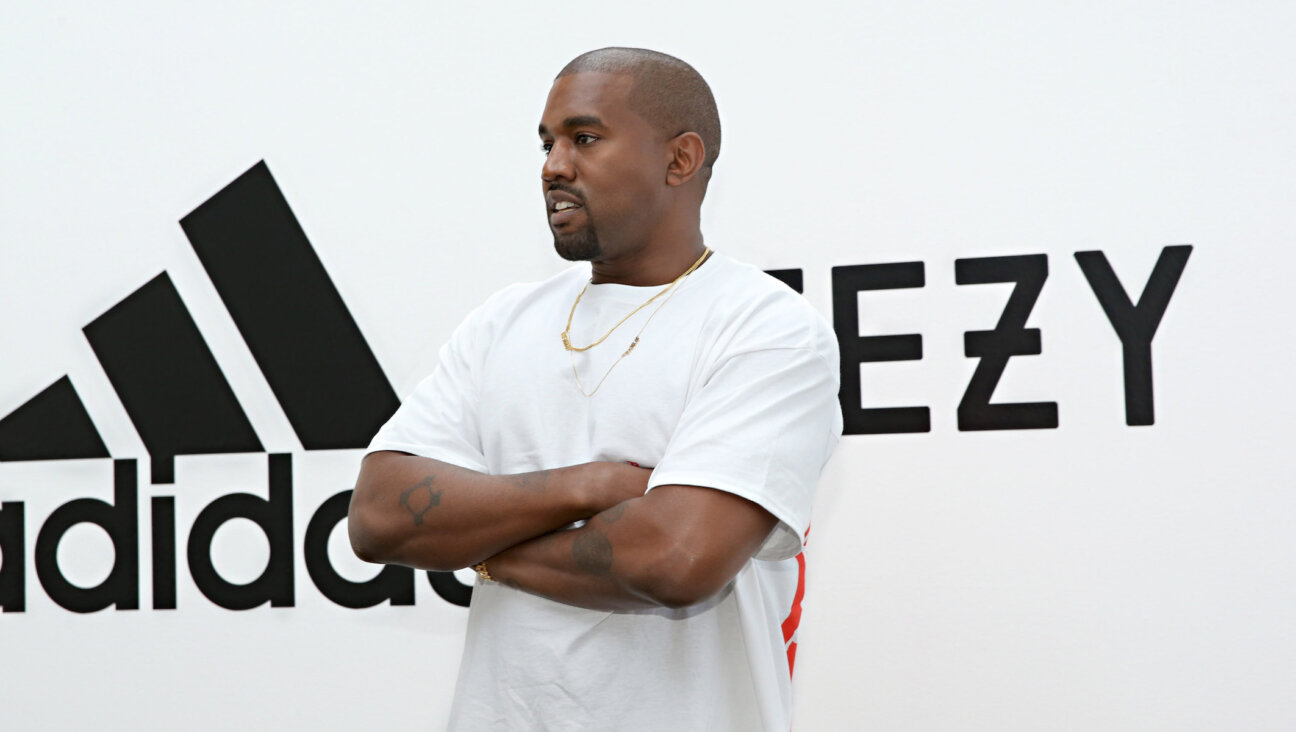Beyond the Walls
This week’s ruling by a New York state appellate court, dismissing a woman’s suit against the Orthodox rabbis who allegedly dissolved her marriage behind her back, offers a sobering reminder of the deeper meaning of church-state separation. For all its manifold blessings, for religious communities in general and Jews in particular, our American system poses structural challenges that Judaism has not yet fully addressed.
The court, siding with the defendants, ruled that the American government has no business telling an ecclesiastical tribunal how to interpret the laws of its religion. Unless there is clear evidence of fraud, churches are free under our constitutional system to run their affairs however they see fit. That’s what we mean by religious freedom. The flip side is that believers who choose to live by the rules of their faith can’t go running to the government when the rules come out in ways they don’t like. What the Constitution does guarantee them is the right to walk away.
The system has served us well for centuries, protecting not just individuals but the churches themselves. It’s no accident that America has emerged as the most religious, church-going society in the Western world, contrasting sharply with European nations where the churches are government-established, but empty.
It’s also no accident that America’s Jewish community has emerged as the biggest, most powerful and arguably the most vibrant community in the history of the Jewish diaspora. Free to engage with tradition as much or as little as they want, American Jews have chosen over the centuries to stay largely engaged, albeit on their own terms. They’ve built a prodigious network of religious, cultural and social-service institutions and established themselves as a force to be reckoned with on the national and world scene. Jews everywhere are safer today because of the freedom American Jews enjoy.
The system does, however, pose some unique challenges, particularly to Orthodox Jews. By the nature of their creed, they don’t accept the idea of free choice in religious observance. In Orthodoxy religious law is divinely mandated, and only rabbis may interpret and administer it. The catch is that, because of America’s free-market system of religion, the rabbis are beholden to no regulatory authority. Every rabbi rules as he sees fit, and the believers, because of their belief, are bound to obey. It’s to the credit of Orthodox tradition and culture that abuse isn’t more widespread.
When abuses do occur, though, they can be heart-breaking. The worst of it is the unequal treatment women receive in Orthodox divorce proceedings. It’s here that rabbis most often fall into the trap of behaving like members of an old-boys network. Anecdotal evidence suggests that the problems are getting worse over time, not better, as the pious circle their wagons and shut themselves off from the world outside. As the walls get higher, women like Helen Sieger, the plaintiff in the New York divorce case dismissed this week, can find themselves caught in what feels like a looking-glass world with all the rules stacked against them and no way out.
There is a way out, of course. Protesters, women and men alike, can simply walk away. They don’t because they’ve been taught that beyond the wall is an abyss of amorality and apostasy. That’s not true. What’s on the other side is the vast, richly complex world of non-Orthodox Judaism.
But Orthodox Jews seeking reform within their community need not leave to find freedom. They could reach out beyond the walls. They would find receptive partners on the other side. In recent years Reform and Conservative Jews have been moving closer to tradition. Orthodox Jews could do the same, reaching out to non-Orthodox Jews for inspiration and even political support. The barriers we’ve built to divide ourselves only help the extremists on all sides.
A message from our Publisher & CEO Rachel Fishman Feddersen

I hope you appreciated this article. Before you go, I’d like to ask you to please support the Forward’s award-winning, nonprofit journalism so that we can be prepared for whatever news 2025 brings.
At a time when other newsrooms are closing or cutting back, the Forward has removed its paywall and invested additional resources to report on the ground from Israel and around the U.S. on the impact of the war, rising antisemitism and polarized discourse.
Readers like you make it all possible. Support our work by becoming a Forward Member and connect with our journalism and your community.
— Rachel Fishman Feddersen, Publisher and CEO




























